

|
 |
Long Good Friday (The) (Blu-ray)
[Blu-ray]
Blu-ray B - United Kingdom - Arrow Films Review written by and copyright: Paul Lewis (3rd May 2015). |
|
The Film
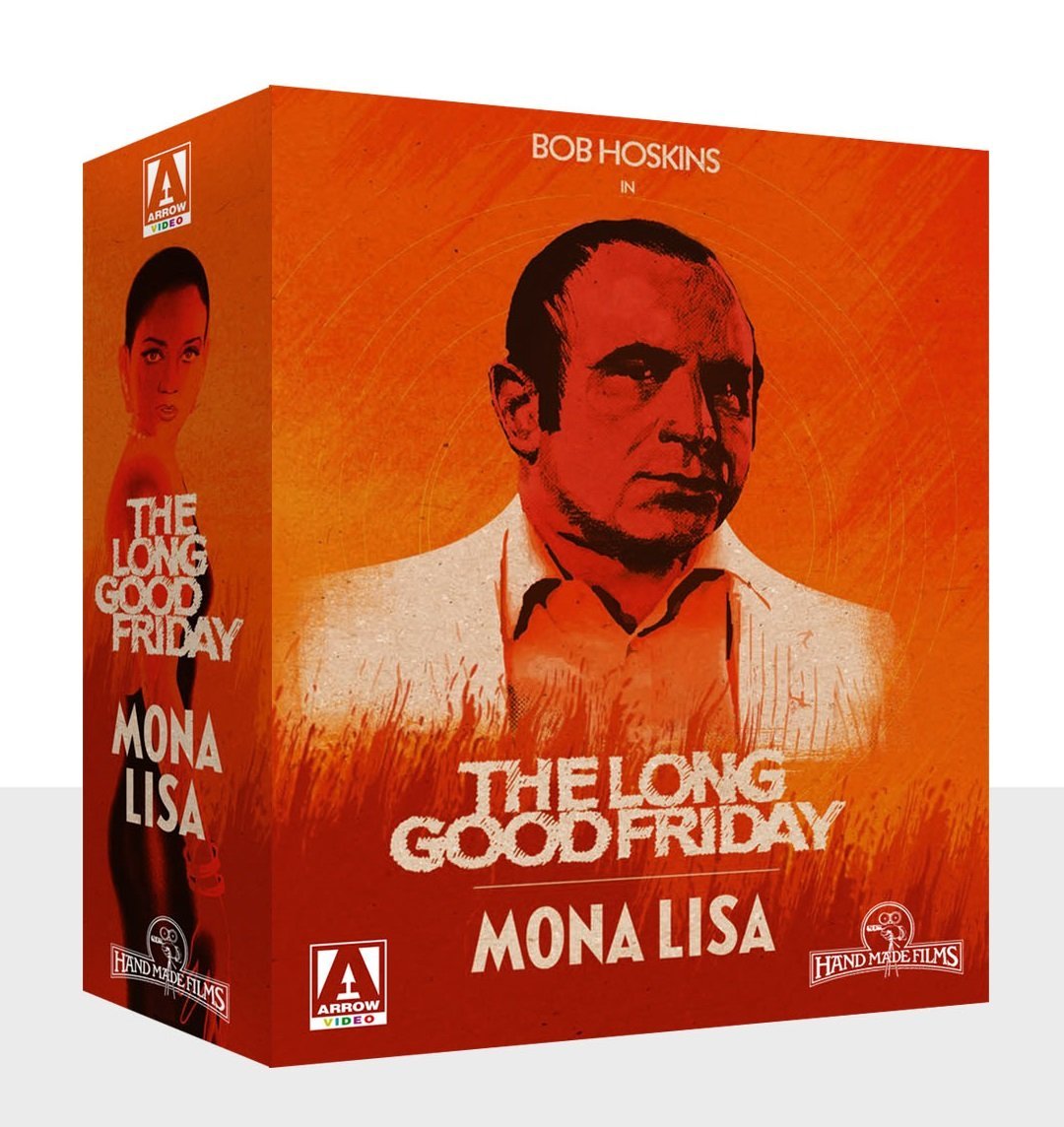  The Long Good Friday (John Mackenzie, 1980) The Long Good Friday (John Mackenzie, 1980)
Defined by Barry Forshaw (in British Crime Film: Subverting the Social Order) as a ‘state-of-the-nation crime epic’ which offers a ‘critique of Thatcherite acquisitiveness and property speculation’, John Mackenzie’s The Long Good Friday (1980) has developed a strong cult following in the years since its original release (Forshaw, 2012: 7). Despite being a film very much of its time, in its exploration of Britain’s relationship with Europe and America (filtered through the lens of its protagonist Harold Shand’s (Bob Hoskins) nationalistic, capital-focused rhetoric) and its focus on acts of domestic terror, The Long Good Friday arguably seems as timely as ever. The Long Good Friday was one of a spate of British crime films of the 1980s that focused at least in part on the relationship between Britain and America: other examples of this trend include Mike Figgis’ Stormy Monday (1988), The Young Americans (Danny Cannon, 1993), and Ron Peck’s Empire State (1988), which also focuses on the redevelopment of the London Docklands - and in which a Shand-like character asserts, ‘You must forget about what it used to be like here: there’s a new Britain emerging. Fitter, leaner, hungry to compete, ready to assert itself in the world’s financial arenas. A new nation needs a new kind of city, so we’re building it. The whole of the East End is being cleared out and cleaned up… streamlined’. (You can read our review of Empire State here.) In The Long Good Friday, Bob Hoskins plays Harold Shand, a gangland figure who seeks to achieve legitimacy for his so-called ‘corporation’ by investing in the redevelopment of the London Docklands, with one eye on the area’s potential for hosting the 1988 Olympic Games. Shand’s corrupt empire incorporates corrupt policemen and politicians, and Shand lords over his corporation with a grip of iron. Early in the film, Shand returns to London after an overseas trip and prepares for the arrival of American investors, members of the Cosa Nostra who are led by Charlie (Eddie Constantine): ‘The Yanks think we’re a cack-handed corner shop over here. Exude efficiency’, Shand commands one of his associates. However, matters become complicated when Shand’s brother Eric (Charles Cork) is blown up by a car bomb outside the Catholic church in which Eric and Shand’s mother (Ruby Head) have been worshipping, and Shand’s oldest friend Colin (Paul Freeman) is executed in the showers of an indoor swimming pool by a young man (Pierce Brosnan) who lures Colin to his death with the promise of easy sex. After the deaths of Eric and Colin are revealed to him, Shand promises retaliatory violence (‘I’ll have his carcass dripping blood by midnight’, he says, referring to the presumed culprit) before questioning who might have the desire or the hubris to attempt to disturb his business dealings with the Americans: ‘What are they trying to do?’, Shand asks, ‘Put the frighteners on me; wind me up?’ 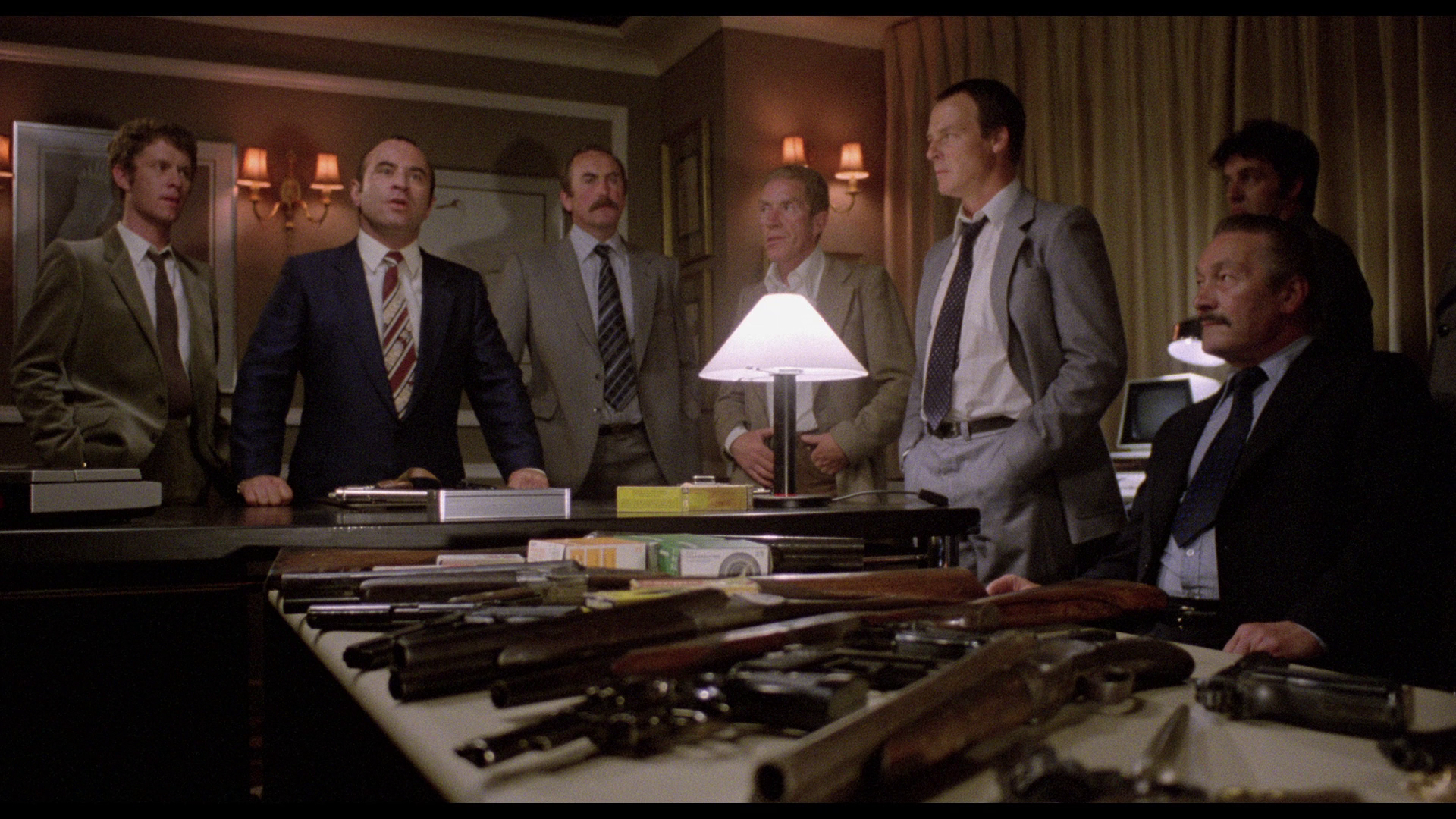 Trying to find out who might be attacking his interests, Shand asks ‘friendly’ detective Parky (Dave King) for the name of his ‘top grass’, in return for a percentage of the Shand’s Docklands redevelopment project. (‘The only decent grass is the grass that grasses to me’, Shand rationalises.) Parky reluctantly points Shand to his chief informant, Erroll (Paul Barber), who lives in Brixton. The meeting with Erroll is a dead-end, other than providing Shand with the realisation that the attacks don’t seem to have been carried out by known figures within the criminal underworld. Trying to find out who might be attacking his interests, Shand asks ‘friendly’ detective Parky (Dave King) for the name of his ‘top grass’, in return for a percentage of the Shand’s Docklands redevelopment project. (‘The only decent grass is the grass that grasses to me’, Shand rationalises.) Parky reluctantly points Shand to his chief informant, Erroll (Paul Barber), who lives in Brixton. The meeting with Erroll is a dead-end, other than providing Shand with the realisation that the attacks don’t seem to have been carried out by known figures within the criminal underworld.
When a pub owned by Shand, The Lion and Unicorn, is devastated by a bomb which explodes in the presence of the American investors, Shand tries desperately to prove that he has a handle on the situation. When, against Shand’s wishes, Shand’s wife Victoria (Helen Mirren) tells Charlie what has been taking place, Charlie offers Shand ‘twenty-four hours to resolve your problems’ before the Americans return home to the States, taking their money with them. Shand has his associates gather together all of his potential enemies, stringing them up from meathooks in an abbatoir. ‘Now, there’s been an eruption’, Shand tells the gathered men, ‘It’s like fucking Belfast on a bad night [….] Nobody goes home till I find out who dunnit and why’. Shand offers the men a choice: ‘Frostbite or verbals, one of the two, right?’ However, Shand’s interrogation of these men is interrupted by Parky, who informs Shand that the bomb that tore through the pub bears the hallmarks of the IRA. Shand is faced with the growing realisation that the attacks upon his ‘corporation’ come not from underworld rivals, who may be frightened away or bought off, but from the IRA, whose actions are motivated by an unswerving commitment to an ideology. (‘You can’t deal with these people. For Christ’s sake, they’re not interested in money’, Shand is told later in the film, ‘They’re political; they’re fanatics’.) 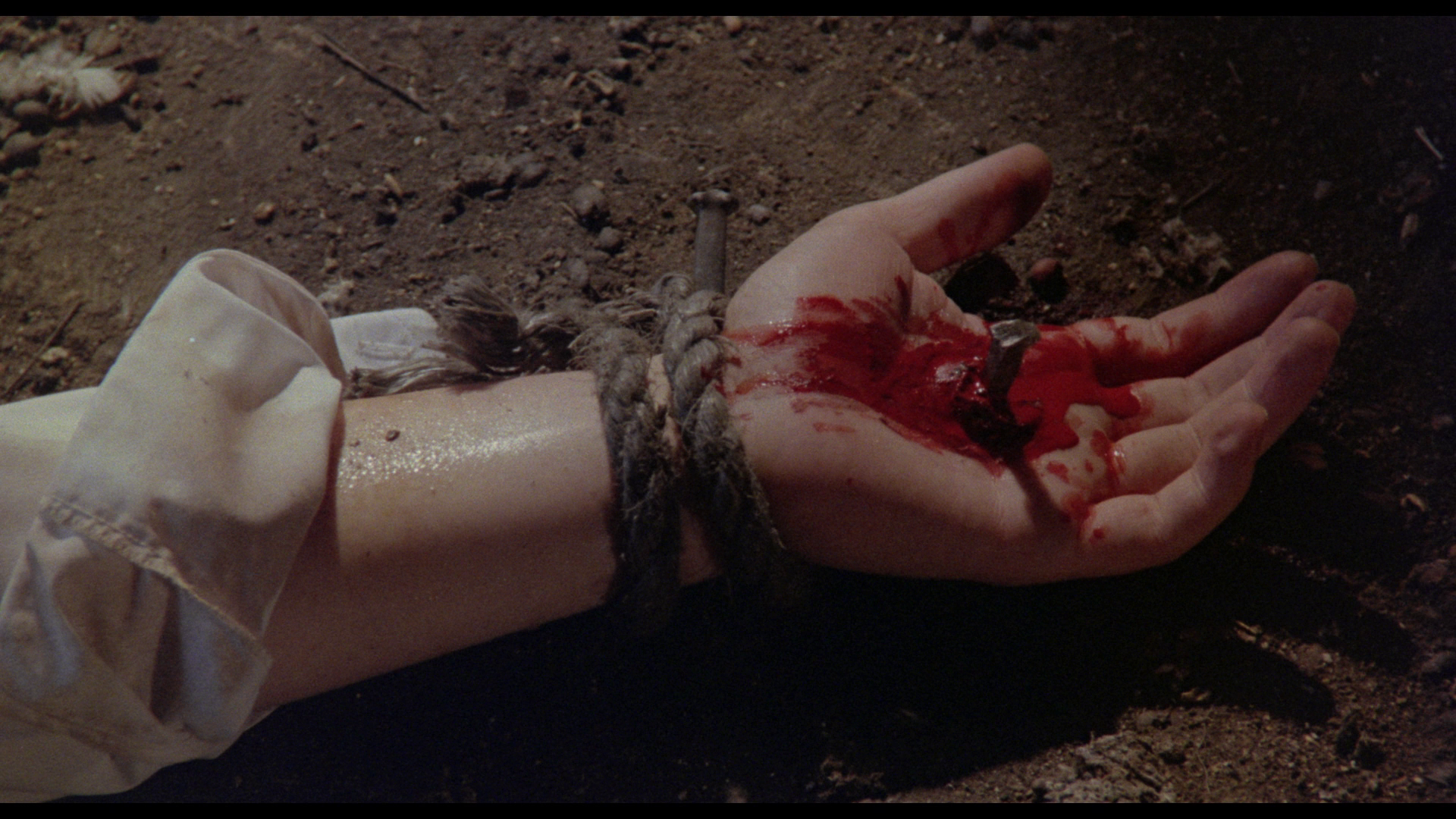 Paul Elliott has suggested that the character of Shand has much in common with other underworld figures in British cinema, principally Richard Burton’s Vic Dakin in Villain (Michael Tuchner, 1971) and Harry Flowers (Johnny Shannon) in Performance (Donald Cammell & Nicolas Roeg, 1970), both of whom were based loosely on Ronnie Kray (Elliott, 2014: 29). Barrie Keeffe, the writer of The Long Good Friday, had had a previous career as a journalist and, in the interview with Keeffe included in this Blu-ray release, Keeffe confirms that he used his encounters with various underworld figures, including the Krays, as inspiration for Shand. (The sequence in which a character is crucified to the floor of a derelict building was apparently based on an event Keeffe covered during his time as a journalist.) Keeffe also considered Shand to be ‘a Thatcher man gone mad – the ultimate self-made capitalist and utterly patriotic’ (Keeffe, quoted in McIlroy, 1993: 81). Aspiring to being ‘legitimate’, Shand scoffs at being called a ‘gangster’ and invites the police to his celebratory party. (Ironically, later in the film Charlie and his associate also try to distance themselves from being labeled as members of the criminal underworld: ‘We do not deal with gangsters’, Charlie tells Shand towards the end of the picture.) However, despite Shand’s attempts to rebrand his criminal endeavours as legitimate business strategies (there’s much talk of Shand’s ‘corporation’, as if that makes his hoodlums’ activities somehow less threatening and more ethical), Shand’s empire has been built on violence: ‘Who’s big enough to take you on?’, Shand is asked at one point, to which he replies, ‘There was a few […] They’re all dead’. Paul Elliott has suggested that the character of Shand has much in common with other underworld figures in British cinema, principally Richard Burton’s Vic Dakin in Villain (Michael Tuchner, 1971) and Harry Flowers (Johnny Shannon) in Performance (Donald Cammell & Nicolas Roeg, 1970), both of whom were based loosely on Ronnie Kray (Elliott, 2014: 29). Barrie Keeffe, the writer of The Long Good Friday, had had a previous career as a journalist and, in the interview with Keeffe included in this Blu-ray release, Keeffe confirms that he used his encounters with various underworld figures, including the Krays, as inspiration for Shand. (The sequence in which a character is crucified to the floor of a derelict building was apparently based on an event Keeffe covered during his time as a journalist.) Keeffe also considered Shand to be ‘a Thatcher man gone mad – the ultimate self-made capitalist and utterly patriotic’ (Keeffe, quoted in McIlroy, 1993: 81). Aspiring to being ‘legitimate’, Shand scoffs at being called a ‘gangster’ and invites the police to his celebratory party. (Ironically, later in the film Charlie and his associate also try to distance themselves from being labeled as members of the criminal underworld: ‘We do not deal with gangsters’, Charlie tells Shand towards the end of the picture.) However, despite Shand’s attempts to rebrand his criminal endeavours as legitimate business strategies (there’s much talk of Shand’s ‘corporation’, as if that makes his hoodlums’ activities somehow less threatening and more ethical), Shand’s empire has been built on violence: ‘Who’s big enough to take you on?’, Shand is asked at one point, to which he replies, ‘There was a few […] They’re all dead’.
Like Dakin and Flowers, Shand ‘is all too human’, and the acts of violence he commits and commissions are ‘a product of his failings rather than his strength’ (Elliott, op cit.: 29). In one sequence, the pressure of the IRA’s assault on his business interests wearing him down, Shand lashes out at one of his associates, slashing his throat with a broken bottle and allowing him to bleed to death – before experiencing what appear to be pangs of regret (symbolised in a scene in which Shand cleanses himself under a shower, grinding his teeth and tensing his jaw muscles). By the end of the film, Elliott suggests, Shand has been reduced to an ‘almost childlike sulkiness’ as he clashes with the Americans who are now vowing to withdraw their offer to invest in Shand’s business interests and return to the States (ibid.). When he senses that the Americans are about to renege on their deal, Shand spits out his dummy, retrenching into his nationalistic rhetoric: ‘Us British, we’re used to a bit more vitality, imagination and a touch of the Dunkirk spirit. Know what I mean?’, he tells Charlie, ‘The days when Yanks could come over here and buy up Nelson’s Column, and an Harley Street surgeon, and a couple of windmill girls are definitely over’. Finally, he resorts to direct insults against the Americans’ culture: ‘What I’m looking for is someone who can contribute to what England has given the world: culture, sophistication, genius. A little bit more than an hot dog. Know what I mean?’ 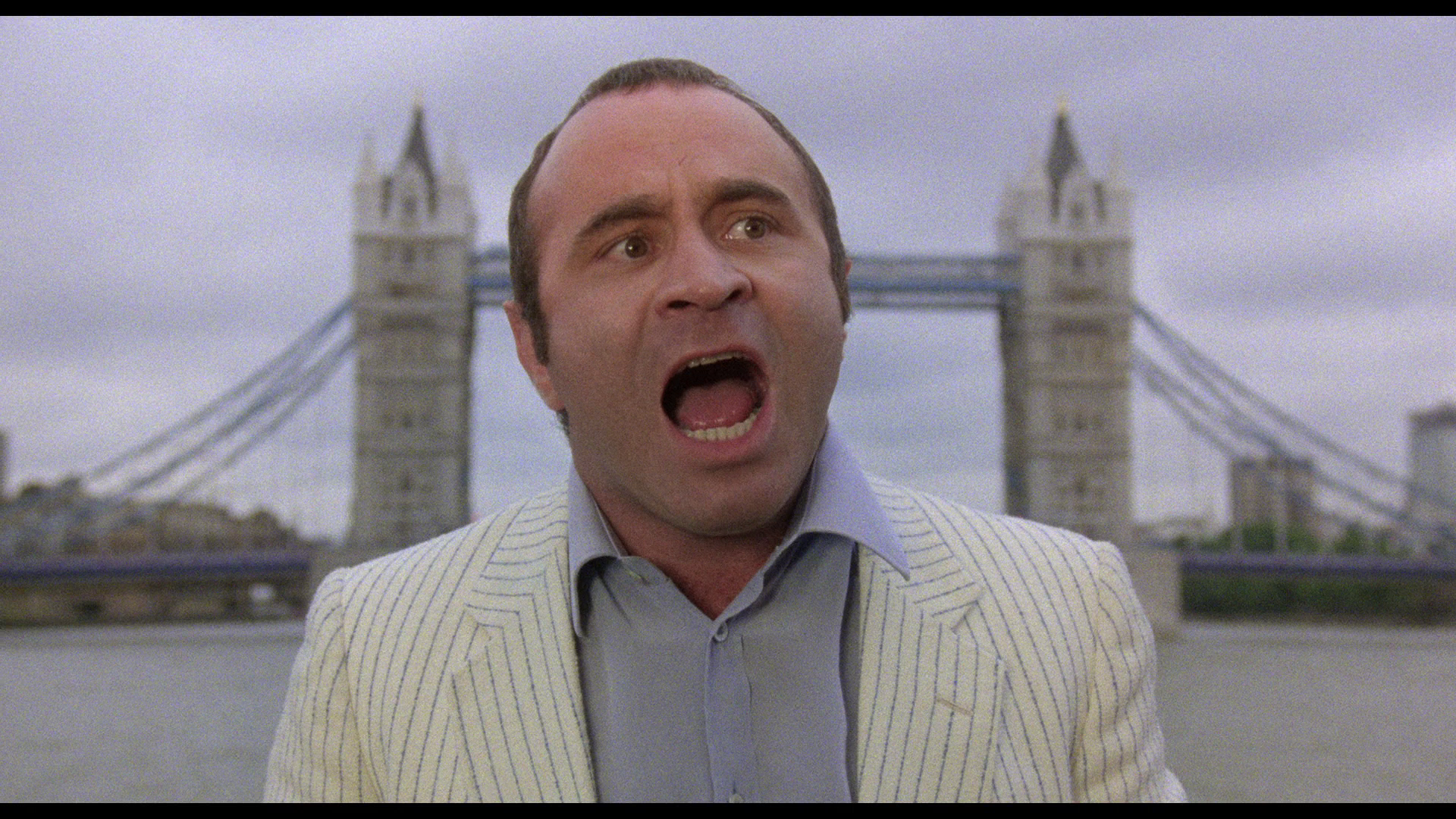 Like The Godfather Part II (Francis Ford Coppola, 1974), The Long Good Friday focuses on an underworld figure who is desperate for his criminal endeavours ‘to become legitimate’ (Willemen, 1997: 207). Unlike more traditional depictions of gangsters, Shand ‘is as much a part of the establishment (or at least aspires to be) as outside it’ (Elliott, op cit.: 27). In The Godfather and its sequels, Michael Corleone finds that his attempts to become ‘legitimate’ fail repeatedly owing to the weight of his criminal past: ‘Just when I thought I was out, they [the Cosa Nostra] pull me back in’, Corleone asserts in The Godfather Part III (Coppola, 1990). By contrast, Shand’s ambitions see him seeking investment from America (via characters who, somewhat ambiguously, seem to represent the Cosa Nostra, although this is never confirmed by them and only stated by Shand and his associates) and, when that fails as the American investors back out owing to the actions of the IRA, Shand asserts that he intends to seek investment from within Europe: ‘We’re in the Common Market now’, Shand tells Charlie after discovering that the Americans intend to withdraw their offer, ‘and my new deal is with Europe. I’m going into partnership with a German organisation [….] They’ve got ambition, know-how… and they don’t lose their bottle. Look at you! The Mafia: I’ve shit ‘em!’ As Paul Elliott has observed, in ‘the late 1970s Britain, it seems, was too lawless even for the Mafia’ (ibid.: 28): ‘We do not deal with gangsters’, Charlie tells Shand, before Charlie’s associate declares, ‘This country’s worse than Cuba. It’s a banana republic’. Like The Godfather Part II (Francis Ford Coppola, 1974), The Long Good Friday focuses on an underworld figure who is desperate for his criminal endeavours ‘to become legitimate’ (Willemen, 1997: 207). Unlike more traditional depictions of gangsters, Shand ‘is as much a part of the establishment (or at least aspires to be) as outside it’ (Elliott, op cit.: 27). In The Godfather and its sequels, Michael Corleone finds that his attempts to become ‘legitimate’ fail repeatedly owing to the weight of his criminal past: ‘Just when I thought I was out, they [the Cosa Nostra] pull me back in’, Corleone asserts in The Godfather Part III (Coppola, 1990). By contrast, Shand’s ambitions see him seeking investment from America (via characters who, somewhat ambiguously, seem to represent the Cosa Nostra, although this is never confirmed by them and only stated by Shand and his associates) and, when that fails as the American investors back out owing to the actions of the IRA, Shand asserts that he intends to seek investment from within Europe: ‘We’re in the Common Market now’, Shand tells Charlie after discovering that the Americans intend to withdraw their offer, ‘and my new deal is with Europe. I’m going into partnership with a German organisation [….] They’ve got ambition, know-how… and they don’t lose their bottle. Look at you! The Mafia: I’ve shit ‘em!’ As Paul Elliott has observed, in ‘the late 1970s Britain, it seems, was too lawless even for the Mafia’ (ibid.: 28): ‘We do not deal with gangsters’, Charlie tells Shand, before Charlie’s associate declares, ‘This country’s worse than Cuba. It’s a banana republic’.
Shand’s desire for social mobility, and his need to be seen as a ‘legitimate’ businessman, is represented through the trappings of his lifestyle: ‘his stable of flashy cars, his houseboat home and his trophy consort, the socially superior and symbolically named Victoria’ (Walsh, 2000: 291). Shand was envisioned by the film’s writer, Barrie Keeffe, ‘as a low Tory, a gangster version of the self-made man, with a particularly reactionary variant of regional and national consciousness’ (ibid.). In his trip to Brixton, where he meets with (and tortures) Errol, Parky’s ‘grass’, in the hopes of discovering who has been attacking his ‘corporation’, Shand displays thinly-veiled distaste towards the black Britons who live there, treating them ‘with a mixture of contempt and paternalism’ (ibid.: 292). Upon his arrival in Brixton, Shand talks to a young black man and reflects on the very different ethnic makeup of the area compared with how it used to be when Shand was a youth, asserting, ‘Used to be a nice street this. Decent families. No scum’. Arriving in Erroll’s flat for ‘verbals’, Shand picks up a hypodermic needle, passing mealy-mouthed judgement on Erroll’s apparent drug habit: ‘Filth’, Shand asserts, ‘Is there no decency in this disgusting world?’ Shand is a ‘gangster proletarian’ who ‘takes for granted his supremacy over the members of immigrant communities’ whilst also encouraging his wife Victoria ‘to play her social status as snootiness in order to conform with a caricature of Englishness’ that he believes is expected by the American investors (ibid.: 292). During the celebrations on board his boat on the Thames, Shand delivers a monologue (with Shand himself framed symbolically by the iconic Tower Bridge in the background) which is filled with nationalistic rhetoric and which establishes Shand’s desire to consolidate England’s position at the centre of global culture, building proverbial bridges with both Europe and America. ‘I’m not a politician’, Shand says, ‘I’m a businessman, and I’m also a Londoner. Our country’s not an island anymore. We’re a leading European state and I believe this is the decade in which London will become Europe’s capital. ‘Aving cleared away the outdated, we’ve got mile after mile and acre after acre of land […] No other city in the world has got right in its centre such an opportunity for profitable progress. So it’s important the right people mastermind the new London [….] [The visiting Americans are here] to endorse the global nature of this venture’. Concluding his exploration of his dream of international business and co-operation, Shand offers a toast to ‘hands across the ocean’. Much of the film explores Shand’s relationship with his American investors, and the cultural differences that exist between England and America – and between Shand’s brand of gangsterism and that of the Cosa Nostra. At the start of the film, reflecting on the impending arrival of the Americans, Shand notes that ‘When the governor of Coca-Cola drops into London, the Queen doesn’t go dashing off to Heathrow, does she? […] The Yanks love snobbery. They really feel like they’ve arrived in England if the upper classes treat ‘em like shit’. ‘Gives them a sense of history’, Victoria adds. Shand (and Victoria) clearly believes that the Americans expect them to conform to stereotypes of ‘Englishness’, including snobbery and a reliance on tradition. However, upon his arrival in London Charlie offers Shand some advice which goes against the grain of Shand’s focus on heritage and established cultural stereotypes: ‘Don’t get nostalgic. Look to the future’, Charlie suggests, ‘I live in a “new” country. I respect the past but always keep my eye on the future’. 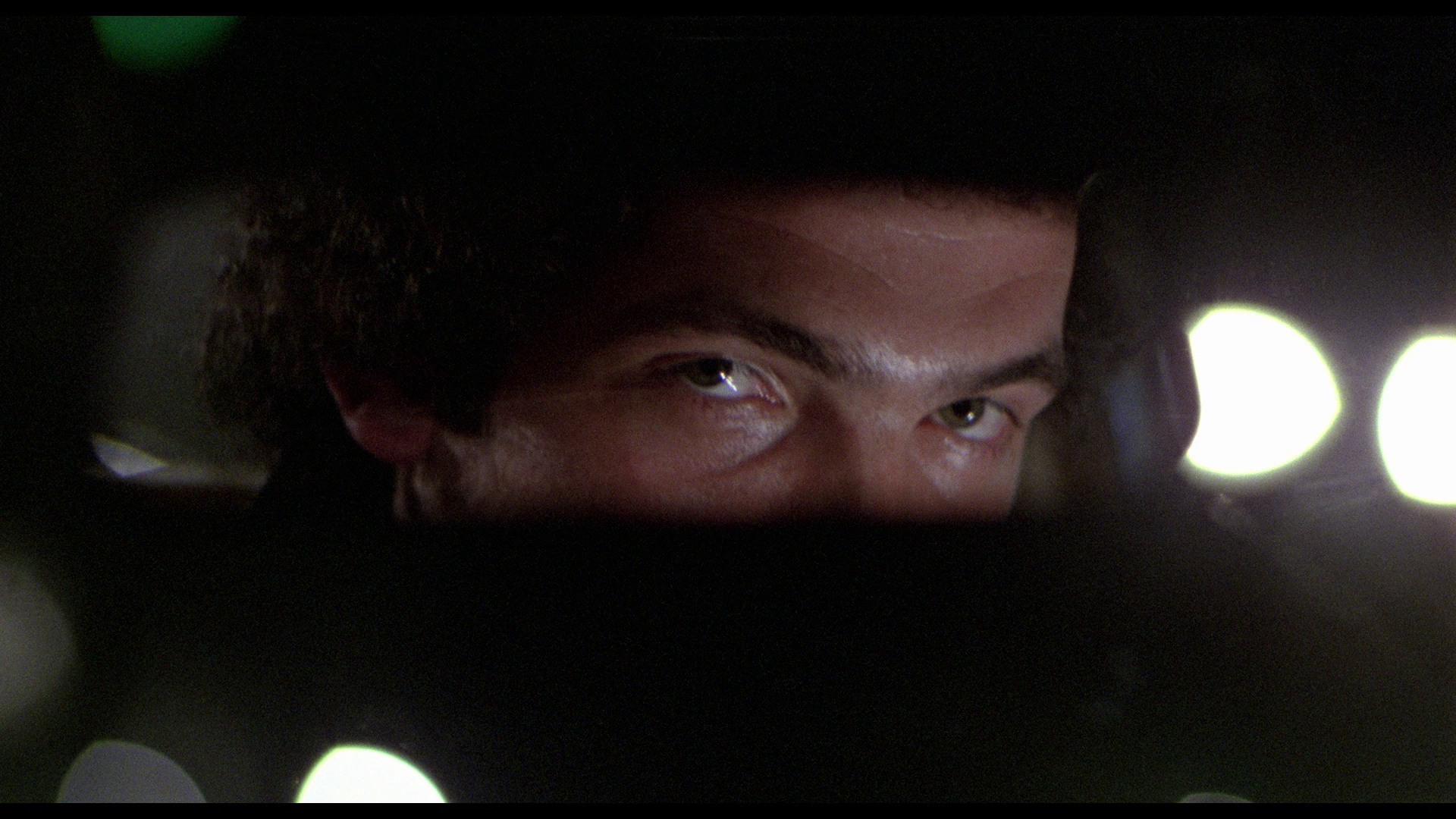 Gradually, as the film progresses, Shand is faced with the realisation that the attacks on his business have come not from an underworld rival but from the IRA, a new threat. Parky tells Shand that the bomb detonated within The Lion and Unicorn is of the type used by the IRA: ‘Irish, he said. Irish. This is Special Branch, Harold. It ain’t normal villainy’, Parky declares. ‘It’s indecently abnormal’, Shand says, ‘That bomb was mean for me’. ‘If that bomb’s Irish, it’s a different game’, Parky informs Shand, ‘Now, those boyos don’t know the rules’. Shand meets this news with disbelief, asking ‘What have the Irish got to do with me? It’s just a bunch of hoods tryin’ to muscle in’. ‘For Christ’s sake, Harold’, Parky implores, ‘They’re not just gangsters. They run half of Londonderry on terror. Could be London next’. However, Shand refuses to believe what Parky is suggesting to him: ‘Oh, no. I run London’, Shand asserts. ‘Not now, Harold. They’re taking it away from you’, Parky tells him. In conversation with his second-in-command Jeff (Derek Thompson), Shand compares the IRA threat with Communists, referring to them as ‘Micks, pig-eyed Micks. Red Mick terrorist scum’. After asserting arrogantly that ‘I’ll crush them like beetles’, Shand is told by Jeff, ‘Never [….] You can’t wipe them out [….] Kill ten, twenty. Bring out the tanks and the flamethrowers. They pour back, like an army of ants. Work with them’. ‘It’s my manor’, Shand protests. ‘Jesus Christ’, Jeff interjects, ‘The British Army’s been flying about with shit flying at them from all angles for the last ten years and you’re not impressed? [….] They [the IRA] can take hold here any time they want [….] You won’t stop them. To them you’re nothing. Nothing. The shit on their shoes’. Gradually, as the film progresses, Shand is faced with the realisation that the attacks on his business have come not from an underworld rival but from the IRA, a new threat. Parky tells Shand that the bomb detonated within The Lion and Unicorn is of the type used by the IRA: ‘Irish, he said. Irish. This is Special Branch, Harold. It ain’t normal villainy’, Parky declares. ‘It’s indecently abnormal’, Shand says, ‘That bomb was mean for me’. ‘If that bomb’s Irish, it’s a different game’, Parky informs Shand, ‘Now, those boyos don’t know the rules’. Shand meets this news with disbelief, asking ‘What have the Irish got to do with me? It’s just a bunch of hoods tryin’ to muscle in’. ‘For Christ’s sake, Harold’, Parky implores, ‘They’re not just gangsters. They run half of Londonderry on terror. Could be London next’. However, Shand refuses to believe what Parky is suggesting to him: ‘Oh, no. I run London’, Shand asserts. ‘Not now, Harold. They’re taking it away from you’, Parky tells him. In conversation with his second-in-command Jeff (Derek Thompson), Shand compares the IRA threat with Communists, referring to them as ‘Micks, pig-eyed Micks. Red Mick terrorist scum’. After asserting arrogantly that ‘I’ll crush them like beetles’, Shand is told by Jeff, ‘Never [….] You can’t wipe them out [….] Kill ten, twenty. Bring out the tanks and the flamethrowers. They pour back, like an army of ants. Work with them’. ‘It’s my manor’, Shand protests. ‘Jesus Christ’, Jeff interjects, ‘The British Army’s been flying about with shit flying at them from all angles for the last ten years and you’re not impressed? [….] They [the IRA] can take hold here any time they want [….] You won’t stop them. To them you’re nothing. Nothing. The shit on their shoes’.
The IRA’s activities threaten to disturb Shand’s attempts to become ‘legitimate’ by suggesting to the American investors that Shand doesn’t have control of his ‘turf’. Shand is all too cognisant of the impact that the murders of Eric and Colin, and the later bombing of a pub that he owns (and to which he is traveling with the Americans when the bomb detonates), may have upon his business dealings with Charlie and his associates. The activities of the IRA also threaten to draw police attention towards Shand: Shand is tolerated by the representatives of the police who appear in the film owing to his ability to keep the peace (presumably through the threat of violence). However, their protection, it seems, only stretches so far: ‘For ten years there’s been no aggro, and it’s all down to you, Harold’, Parky tells him, ‘You’ve had it under control. Now do yourself a favour: get this lot under control before the heavy mob’s on you like a ton of hot horse shit’.  Focusing on The Long Good Friday’s depiction of Irish Republicanism, Jayne Steel has declared the picture to be ‘a state-of-Britain film’ in which the Provisional IRA ‘have a crucial background and defining role’ (Steel, 2007: 105). The IRA ‘hit squad’ operating in London pose a threat to Shand’s business interests and his attempts to establish a ‘legitimate’ front for his ‘corporation’. The recognisable face of this hit squad is actor Pierce Brosnan, prior to his work on the television series Remington Steele (MTM, 1982-7) and, of course, his much later appointment as James Bond, agent of the British government. (Interestingly, in John Mackenzie’s 1987 adaptation of The Fourth Protocol Brosnan once again plays a terrorist who ‘pretends’ to be gay in order to eliminate a homosexual target.) Brosnan’s character is nameless and silent; his tidy appearance, and the disarming smile he gives his victims, is interpreted by Steel as an index of the film’s depiction of the IRA as ‘highly politicized, highly organized, highly professional foils to Englishness, an efficient, clean-cut, motivated force resembling Thatcher’s yuppies’ (ibid.). Focusing on The Long Good Friday’s depiction of Irish Republicanism, Jayne Steel has declared the picture to be ‘a state-of-Britain film’ in which the Provisional IRA ‘have a crucial background and defining role’ (Steel, 2007: 105). The IRA ‘hit squad’ operating in London pose a threat to Shand’s business interests and his attempts to establish a ‘legitimate’ front for his ‘corporation’. The recognisable face of this hit squad is actor Pierce Brosnan, prior to his work on the television series Remington Steele (MTM, 1982-7) and, of course, his much later appointment as James Bond, agent of the British government. (Interestingly, in John Mackenzie’s 1987 adaptation of The Fourth Protocol Brosnan once again plays a terrorist who ‘pretends’ to be gay in order to eliminate a homosexual target.) Brosnan’s character is nameless and silent; his tidy appearance, and the disarming smile he gives his victims, is interpreted by Steel as an index of the film’s depiction of the IRA as ‘highly politicized, highly organized, highly professional foils to Englishness, an efficient, clean-cut, motivated force resembling Thatcher’s yuppies’ (ibid.).
As Paul Elliott has suggested, the film depicts the IRA as a force that is ‘beyond the understanding of Shand and his gang’: where Shand’s ‘corporation’ is motivated by profit, ‘greed, power and ambition’, and has ‘accepted rules of engagement’, the IRA’s actions are dictated by ‘idealism and politics’ (Elliott, op cit.: 28). Elliott compares The Long Good Friday’s depiction of the IRA with the depiction of the Cuban revolutionaries in The Godfather Part II. Both groups, Elliott argues, ‘are depicted as being all the more terrifying for their zeal’: Shand is forced into the gradual realisation that ‘no matter how violent he becomes, he can never match the terrorist with a cause and nothing more to lose’ (ibid.). The wordlessness of the IRA executioners, John Hill has argued, reinforces the stereotype of ‘the inexplicably violent and demonic Irish’ (Hill, quoted in Steel, op cit.: 107). Brosnan and his associates are shown within the film to be ‘an obscure and shadowy presence’, working in the background and ‘appear[ing] as if from nowhere’ to cause devastation to Shand’s interests (Hill, quoted in ibid.). Their apparent desire to frustrate Shand’s development of the Docklands leads to Shand conflating them with Communists, labeling them as ‘red-necked terrorist scum’: Sinn Fein press officer Owen O’Brion asserted that the film’s depiction of the IRA’s attempts to ‘blow up the entrepreneur’s [Shand’s] enterprise’ leads to them being depicted as ‘anti-capitalist’ (O’Brion, quoted in ibid.). For Brian McIlroy, The Long Good Friday ‘typifies English incomprehension of Northern Ireland, imagining the IRA as a ruthless, efficient but inexplicable force’ (McIlroy, quoted in Walsh, op cit.: 293). The film, McIlroy has argued, depoliticises the IRA by ‘transforming what was a bitter and long-running national struggle into little more than a personal grudge against Shand himself’, with the character of Shand acting as a ‘metonym for the nation’ (McIlroy, coted in Elliott, op cit.: 28).  The Long Good Friday’s depiction of Shand’s focus on redeveloping the London Docklands was deeply prophetic: the film’s ‘mise-en-scène of empty docklands, motionless cranes and deserted warehouses’ captures ‘the development pause between the death of London’s oldest industries and the city’s reorganisation around a new finance capitalism’ (Walsh, op cit.: 294). The film anticipated and narrativised the transformation of London’s Docklands ‘from their place as the vital heart of London’s commerce to a playground for the Conservative-created nouveau riche, or as Brunsdon puts it “from unloading sugar to eating profiteroles”’ (Elliott, op cit.: 27). The location of the film’s first shot (of an isolated house in a rural setting), initially ambiguous, is later revealed to be in Northern Ireland: the sequence depicts the events which, taking place in the diegetic past (before Shand’s return to London), kickstarted the IRA’s attempts to dismantle Shand’s ‘corporation’. By placing in juxtaposition the very urban spaces of Shand’s London with the rural Northern Irish setting of the opening sequence (the film’s only depiction of a non-urban space), The Long Good Friday exhibits a ‘polarisation of spaces between a post-industrial metropolis and a rural periphery’ (Walsh, op cit.: 294). The Long Good Friday’s depiction of Shand’s focus on redeveloping the London Docklands was deeply prophetic: the film’s ‘mise-en-scène of empty docklands, motionless cranes and deserted warehouses’ captures ‘the development pause between the death of London’s oldest industries and the city’s reorganisation around a new finance capitalism’ (Walsh, op cit.: 294). The film anticipated and narrativised the transformation of London’s Docklands ‘from their place as the vital heart of London’s commerce to a playground for the Conservative-created nouveau riche, or as Brunsdon puts it “from unloading sugar to eating profiteroles”’ (Elliott, op cit.: 27). The location of the film’s first shot (of an isolated house in a rural setting), initially ambiguous, is later revealed to be in Northern Ireland: the sequence depicts the events which, taking place in the diegetic past (before Shand’s return to London), kickstarted the IRA’s attempts to dismantle Shand’s ‘corporation’. By placing in juxtaposition the very urban spaces of Shand’s London with the rural Northern Irish setting of the opening sequence (the film’s only depiction of a non-urban space), The Long Good Friday exhibits a ‘polarisation of spaces between a post-industrial metropolis and a rural periphery’ (Walsh, op cit.: 294).
The film is uncut and runs for 114:00 mins.
Video
The Long Good Friday is presented in its intended aspect ratio of 1.85:1 (as confirmed by cinematographer Phil Méheux in an interview included in the special features on disc one). The 1080p presentation of the film takes up approximately 31Gb of space on a dual-layered disc and uses the AVC codec. 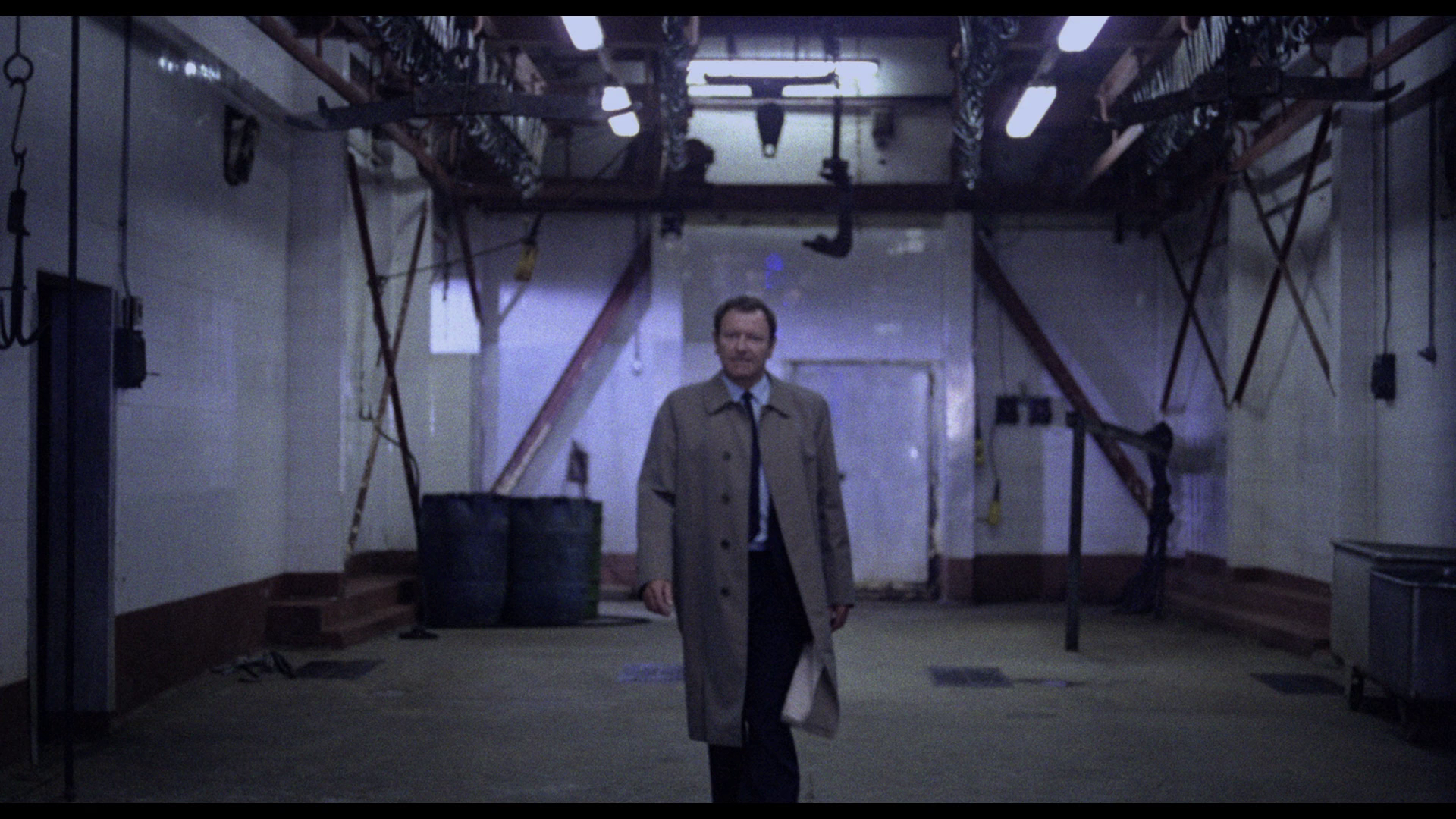 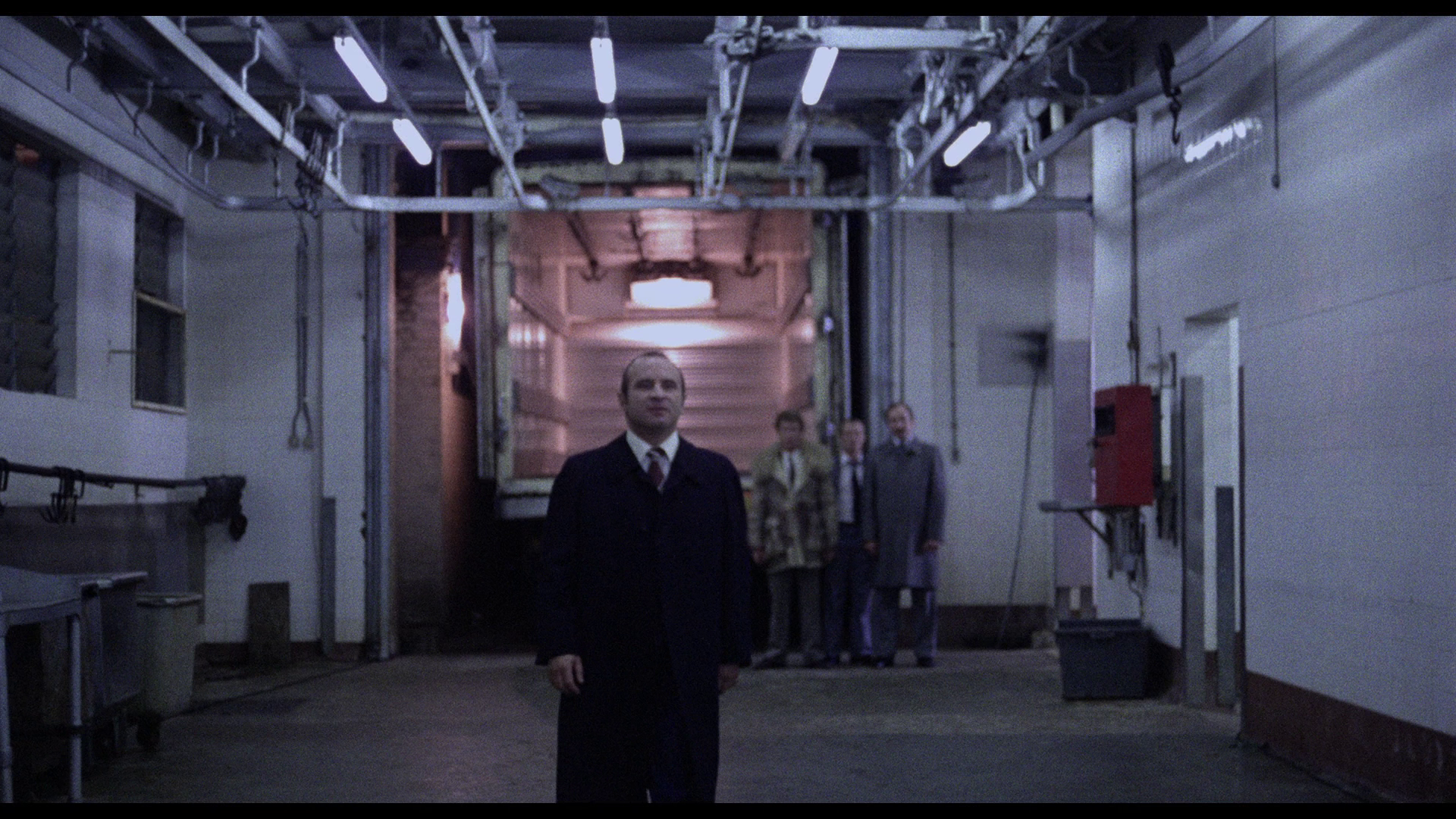 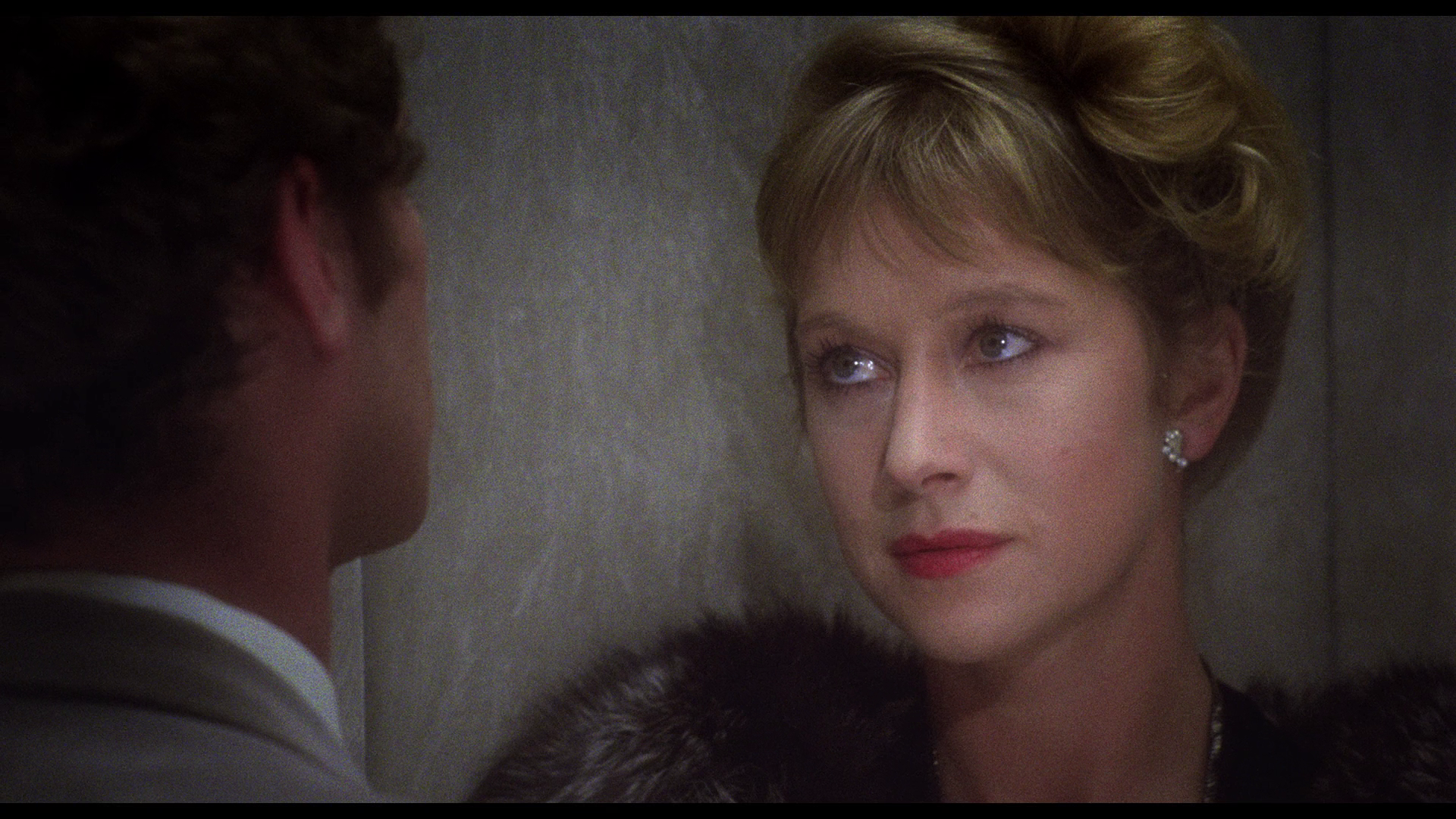 The presentation is based on a new 2k scan of the film’s negative. It’s a startling presentation of the film which runs proverbial rings around previous home video versions, including the previously-available Blu-rays. Skin tones look more naturalistic than on previous home video versions, and there’s a superb level of detail on display. Colours seem bolder and more forceful than on prior home video releases (notably in the sequence in which Brosnan’s silent assassin meets Colin in an indoor swimming pool, and the softly rippling water takes on a rich blue hue). The image contains a natural level of film grain and looks superbly film-like, thanks to a very robust encode (as one comes to expect from Arrow’s releases nowadays). Contrast levels are excellent. (One aspect of this new presentation that was barely noticeable on prior home video versions is the classical Hollywood-esque soft focus/diffuse light on Mirren’s face during the scene in which Jeff makes a sexual advance towards her in a lift.) The presentation is based on a new 2k scan of the film’s negative. It’s a startling presentation of the film which runs proverbial rings around previous home video versions, including the previously-available Blu-rays. Skin tones look more naturalistic than on previous home video versions, and there’s a superb level of detail on display. Colours seem bolder and more forceful than on prior home video releases (notably in the sequence in which Brosnan’s silent assassin meets Colin in an indoor swimming pool, and the softly rippling water takes on a rich blue hue). The image contains a natural level of film grain and looks superbly film-like, thanks to a very robust encode (as one comes to expect from Arrow’s releases nowadays). Contrast levels are excellent. (One aspect of this new presentation that was barely noticeable on prior home video versions is the classical Hollywood-esque soft focus/diffuse light on Mirren’s face during the scene in which Jeff makes a sexual advance towards her in a lift.)
In the interview on this disc, Phil Méheux suggests that the creation of a digital interpositive allowed him to make some very minor ‘tweaks’ to compensate for issues in the film’s production: he points to the sequence in which Shand delivers his long monologue on his boat on the Thames as an example. During production, Hoskins delivered this speech in a single long take (in the finished film, as Shand speaks there are cutaways to the guests on the boat). As the close-up of Shand was being shot, a cloud passing overhead meant that exposure levels during the long take were not consistent. (Méheux claims that Mackenzie was afraid of asking Hoskins for another take of the monologue.) Méheux explains in his interview that the creation of the digital interpositive allowed him to ‘even out’ the exposure in this shot, compensating for the cloud cover and providing a more consistent level of light on Hoskins’ face. In all, it’s a superb presentation of the film, head and shoulders above previous home video incarnations and evidencing the level of care and attention to detail that characterise Arrow’s output. NB. Some larger screen grabs are included at the bottom of this review.
Audio
Audio is presented via a LPCM mono (1.0) track. This is clean and clear throughout, offering strong range which can be heard in the sequences featuring Francis Monkman’s punchy synth score (watch the scene in which Shand arrives back in England via Concorde and saunters through Heathrow, for example). Optional English subtitles for the Hard of Hearing are included.
Extras
The standalone release of The Long Good Friday contains disc one and a DVD copy of the same disc. Please note that Arrow have also released the film in a six-disc set which includes the contents of disc two (listed below) and Neil Jordan's film Mona Lisa (which was unavailable for review). DISC ONE (standalone release of The Long Good Friday: This disc includes the film and an accompanying audio commentary with director John Mackenzie. This commentary has been heard on previous home video releases. It’s a thorough commentary with plenty of insight into the film’s production and discussion of the film’s themes. The disc also includes ‘Bloody Business: The Making of The Long Good Friday’ (54:52). This is a retrospective documentary that looks back on the making of the film and includes input from Mackenzie, Hoskins, Mirren, Brosnan and producer Barry Hanson. This documentary previously appeared on Anchor Bay’s DVD release of the film. The film’s trailer (4:37). New to this disc is a series of interviews: - Barry Hanson (5:39). Hanson’s interview to a large extent focuses on his relationship with Bob Hoskins and considers the film’s relationship with classical drama. - Phil Méheux (3:17). Méheux talks about the film’s origins in television and confirms that the picture was shot for exhibition at 1.85:1. He also talks about some of the ways in which the creation of a digital interpositive allowed him to make minor ‘tweaks’ to some of the perceived ‘flaws’ within the original photography (eg, in the aforementioned long take of Shand delivering his monologue on the boat). - Barrie Keeffe (8:27). Keeffe reflects on the origins of the picture and the creation of the film’s main characters. A short featurette, ‘Hands Across the Ocean’ (7:09), offers a comparison of the five sequence in the film that were redubbed for American audiences, in order to make the dialogue more palatable for speakers of non-British English. In each case, the original scene is presented, then the same scene as it appeared in the American release of the picture (with the original dialogue presented as subtitles for immediate comparison). PLEASE NOTE: The following extras are included as part of the 6-disc Limited Edition set only, but unfortunately the Mona Lisa disc from that set was not included for review. However, we thought it was worthwhile to review these extras for our readers so it can help them make the choice of which release to buy. 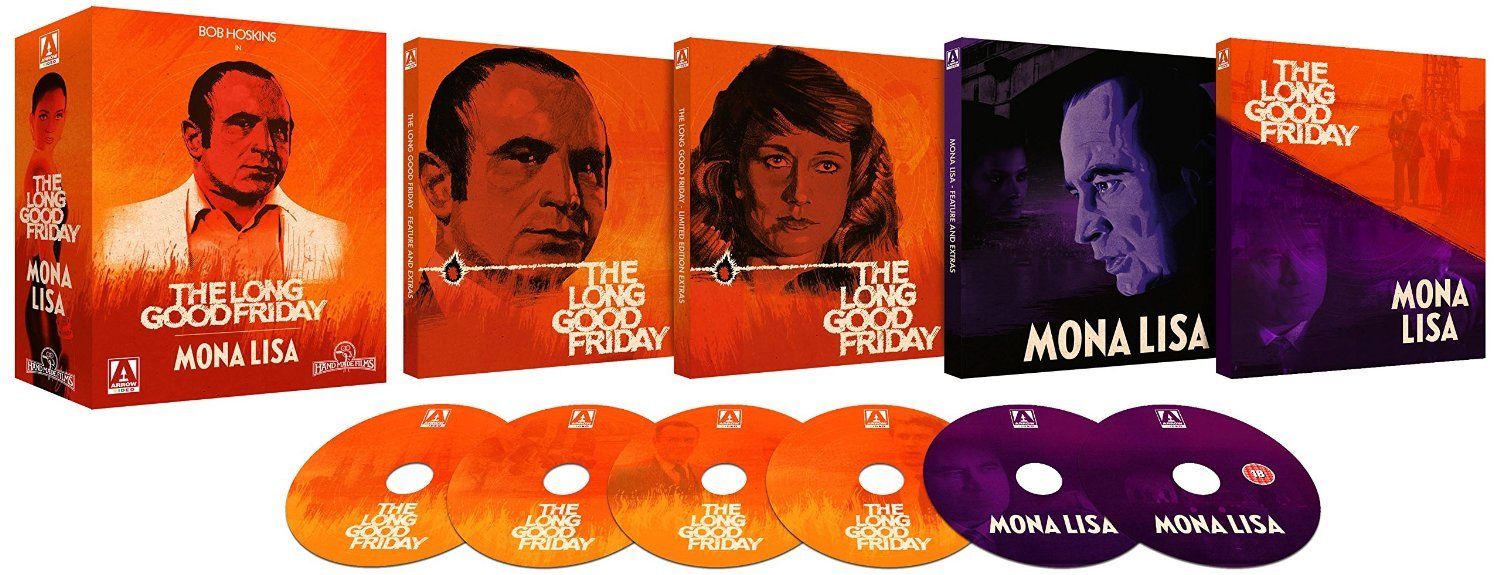
DISC TWO: The second disc contains John Mackenzie’s short film ‘Apaches’ (1977) (27:26), with an optional introduction by Phil Méheux (1:38). Instantly recognisable to Britons of a certain age as, along with a number of other Public Information Films of the era, the instigator of nightmares, ‘Apaches’ was sponsored by the Central Office of Information and produced to warn children of the dangers of playing on farms. The film, which was often shown in schools, was shot like a ‘mini feature film’ (in Méheux’s words) over three weeks. The narrative, such as it is, focuses on a group of young friends who, in a series of scenes, are shown playing different games on a farm in which one child is killed by a tractor, another falls into a slurry pit and drowns, yet another child accidentally ingests a poisonous liquid (‘it isn’t poison; it doesn’t look like it’), a boy is crushed by a falling gate and another is killed in a runaway tractor. What’s striking is both how abrupt the deaths of these children are, and the ways in which their passing is barely reflected on by both their friends and parents (each accident is followed by a brief scene depicting their desk at school being cleared out or their name being removed from their peg in the school cloakroom). Shot on 16mm, ‘Apaches’ is here presented in a new scan which brings out details in the photography that tend to have been buried in previous video-sourced presentations. Also included is a Q&A with Bob Hoskins and John Mackenzie (27:50). Recorded in 2000 at the NFT, and moderated by Richard Jobson, this interview features Hoskins and Mackenzie on a stage, discussing the film. New interviews are also included: - Barry Hanson, producer (16:16). Hanson discusses the origins of the film, the casting, and working with John Mackenzie. He also discusses his work on Michael Apted’s ‘The Paradise Run’ (part of the Plays for Britain strand), which Hanson produced. - Barrie Keeffe, writer (14:17). Keeffe talks about his early career as a journalist and how this influenced the script for The Long Good Friday (eg, the crucifixion scene was based on a gangland punishment which Keeffe covered during his work as a reporter). Keeffe discusses using his ear for dialogue and ‘how very similar villains were to the police’ in terms of how they dressed and spoke. - Phil Méheux, cinematographer (17:37). Méheux discusses the trajectory of his career and how he was approach by Mackenzie for another (unproduced) script before being given the job on The Long Good Friday. Méheux talks in detail about the shooting of the film, the use of handheld photography, and working with the actors. There are some interesting insights into the film’s photography (eg, the iconic final scene was shot wide open at f1.4 on 100ASA stock, with Hoskins’ face lit by a single 100W bulb that was powered by the car’s cigarette lighter). - Simon Hinkly, first Assistant Director (18:10). Hinkly talks about his involvement with the film and discusses Hoskins’ working relationship with Mackenzie. - Carlotta Barrow, assistant art director (6:09). Barrow reflects on the visual design of the film, offering comments on some specific sets (the pub, the yacht, the safe house, etc).
Overall
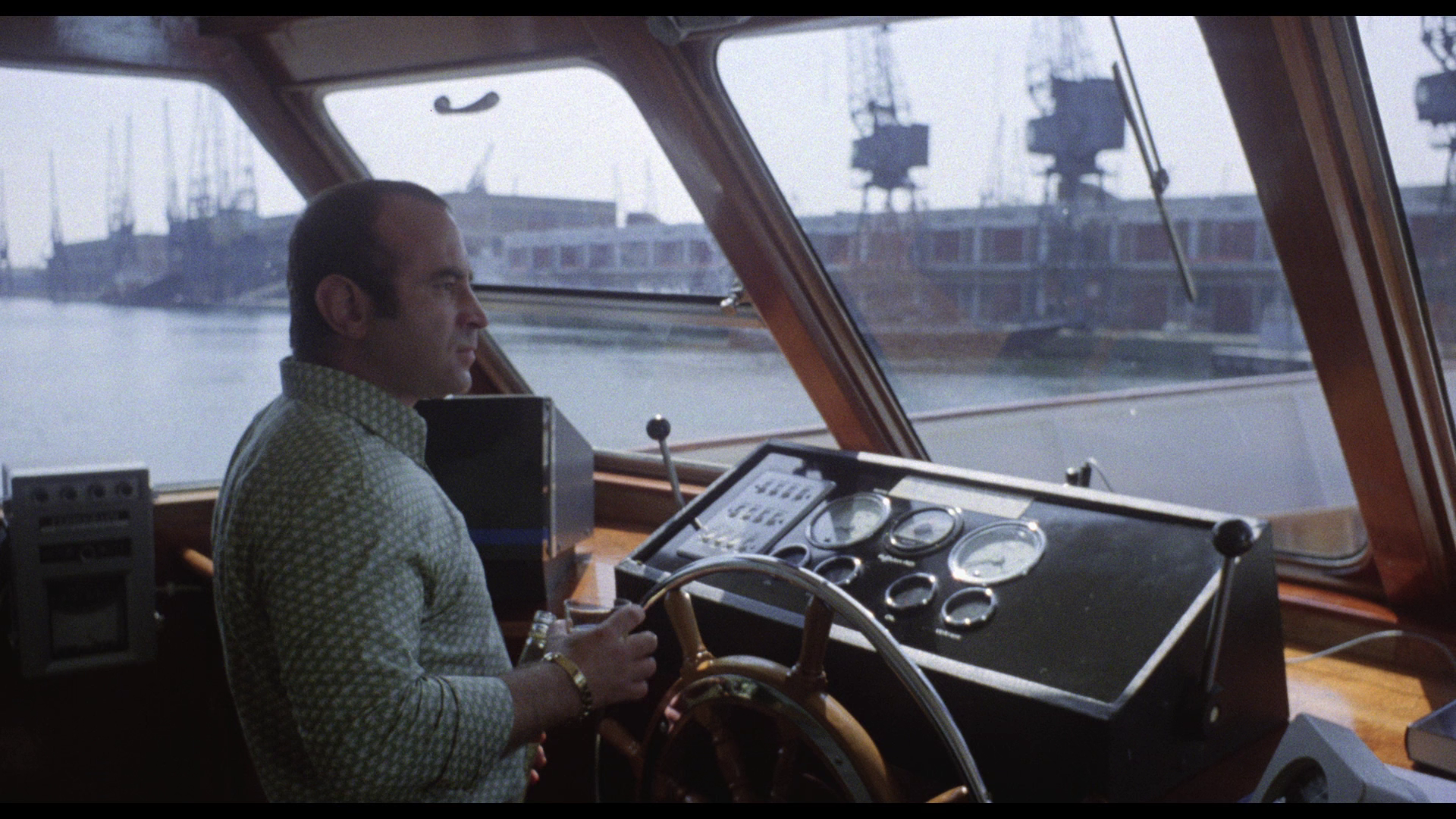 Upon its release, The Long Good Friday was bestowed with a sense of immediacy owing to the then-recent assassination by the IRA of the shadow secretary for Northern Ireland, Airey Neave, in 1979; but in the Twenty-First Century, the film’s concerns (the relationship between Britain, Europe and America; the focus on domestic terror) seem as fresh as ever. It’s a powerful film, beautifully written and delivered with gusto by the cast. This new presentation throws light on the (often overlooked) photography by Méheux, highlighting just how well-shot the picture is. Arrow’s Blu-ray release of The Long Good Friday contains a beautiful new transfer of the film which is accompanied by some superb contextual material, some of it pre-existing and some of it new. The inclusion of a new scan of ‘Apaches’ (in the six disc set that also includes Mona Lisa) is a delightful masterstroke and almost worth the price of admission by itself. It’s tempting to throw a few more colourful epithets into this sentence, in honour of Shand, but put simply Arrow’s presentation of The Long Good Friday is wonderful. Upon its release, The Long Good Friday was bestowed with a sense of immediacy owing to the then-recent assassination by the IRA of the shadow secretary for Northern Ireland, Airey Neave, in 1979; but in the Twenty-First Century, the film’s concerns (the relationship between Britain, Europe and America; the focus on domestic terror) seem as fresh as ever. It’s a powerful film, beautifully written and delivered with gusto by the cast. This new presentation throws light on the (often overlooked) photography by Méheux, highlighting just how well-shot the picture is. Arrow’s Blu-ray release of The Long Good Friday contains a beautiful new transfer of the film which is accompanied by some superb contextual material, some of it pre-existing and some of it new. The inclusion of a new scan of ‘Apaches’ (in the six disc set that also includes Mona Lisa) is a delightful masterstroke and almost worth the price of admission by itself. It’s tempting to throw a few more colourful epithets into this sentence, in honour of Shand, but put simply Arrow’s presentation of The Long Good Friday is wonderful.
References: Elliott, Paul, 2014: Studying the British Crime Film. Leighton Buzzard: Auteur Publishing Forshaw, Barry, 2012: British Crime Film: Subverting the Social Order. London: Palgrave Macmillan McIlroy, Brian, 1993: ‘The Repression of Communities: Visual Representations of Northern Ireland During the Thatcher Years’. In: Friedman, Lester D (ed), 1993: Fires Were Started: British Cinema and Thatcherism. University of Minnesota Press (Second Edition): 77-90 Steel, Jayne, 2007: Demons, Hamlets and Femmes Fatales: Representations of Irish Republicanism in Popular Fiction. Bern: Peter Lang AG Walsh, Michael, 2000: ‘Thinking the unthinkable: coming to terms with Northern Ireland in the 1980s and 1990s’. In: Ashby, Justine & Higson, Andrew (eds), 2000: British Cinema, Past and Present. London: Routledge: 288-98 Willemen, Paul, 1997: ‘The Long Good Friday’. In: Hardy, Phil (ed), 1997: The BFI Companion to Crime. London: British Film Institute: 207 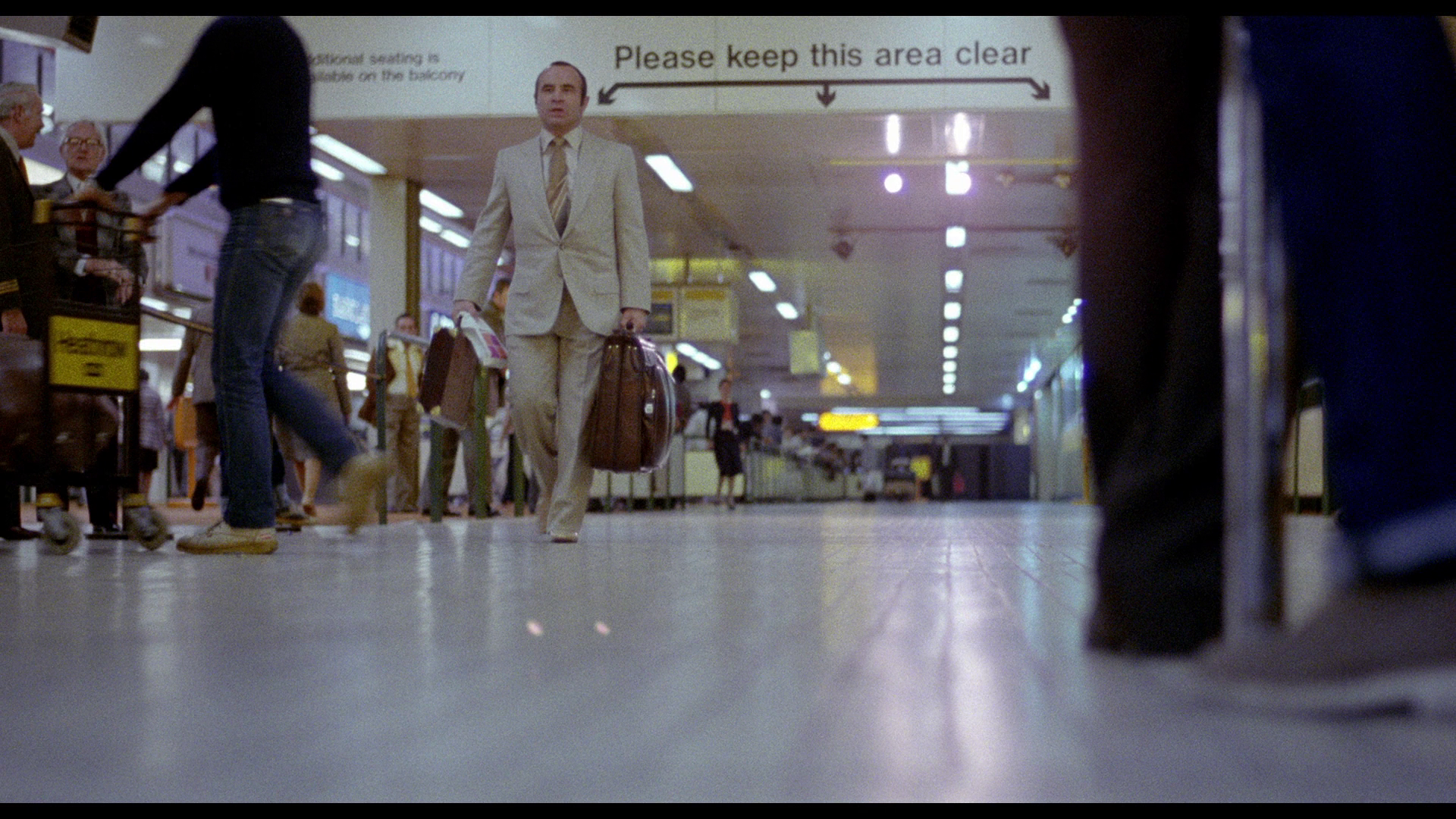
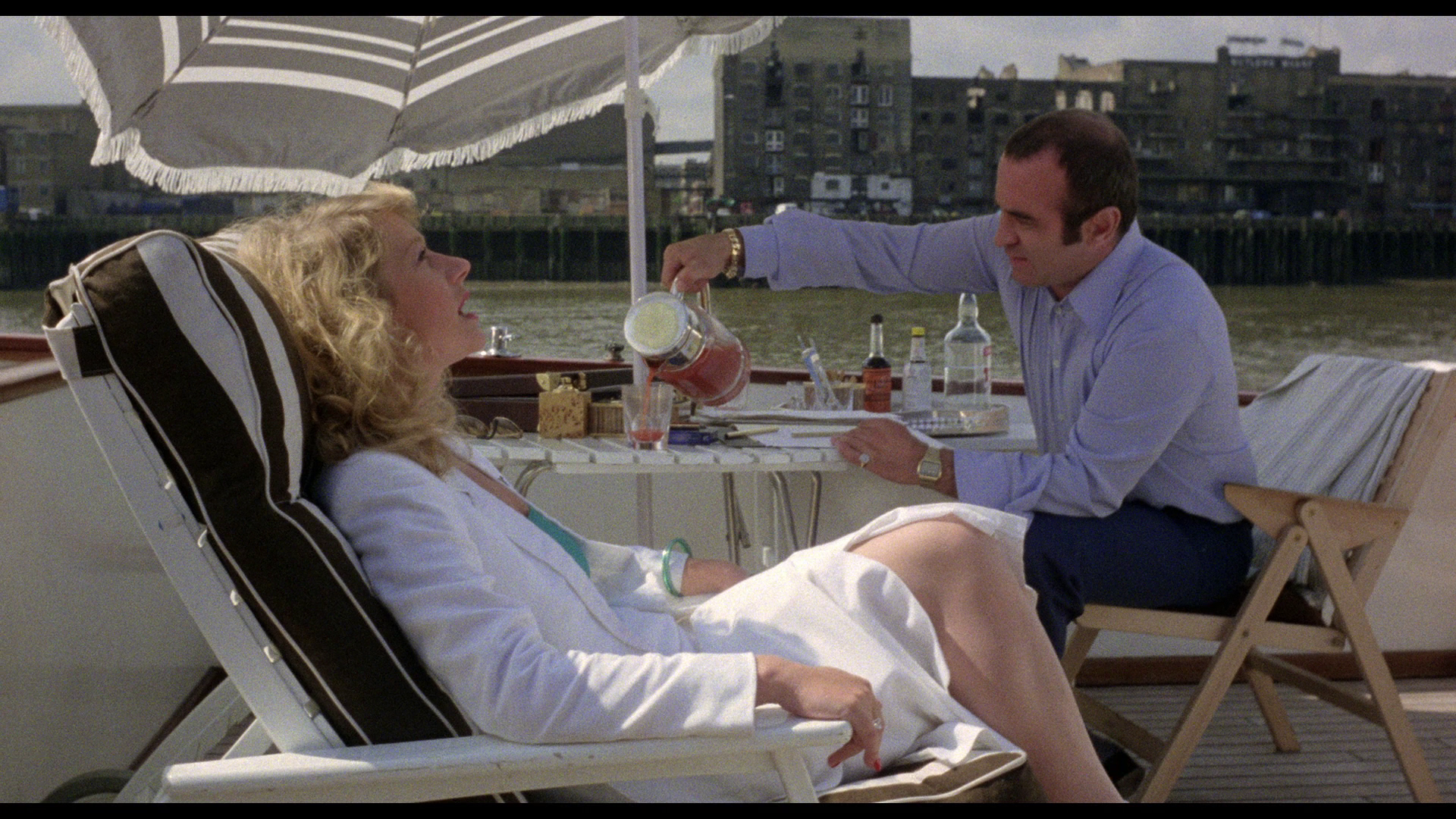

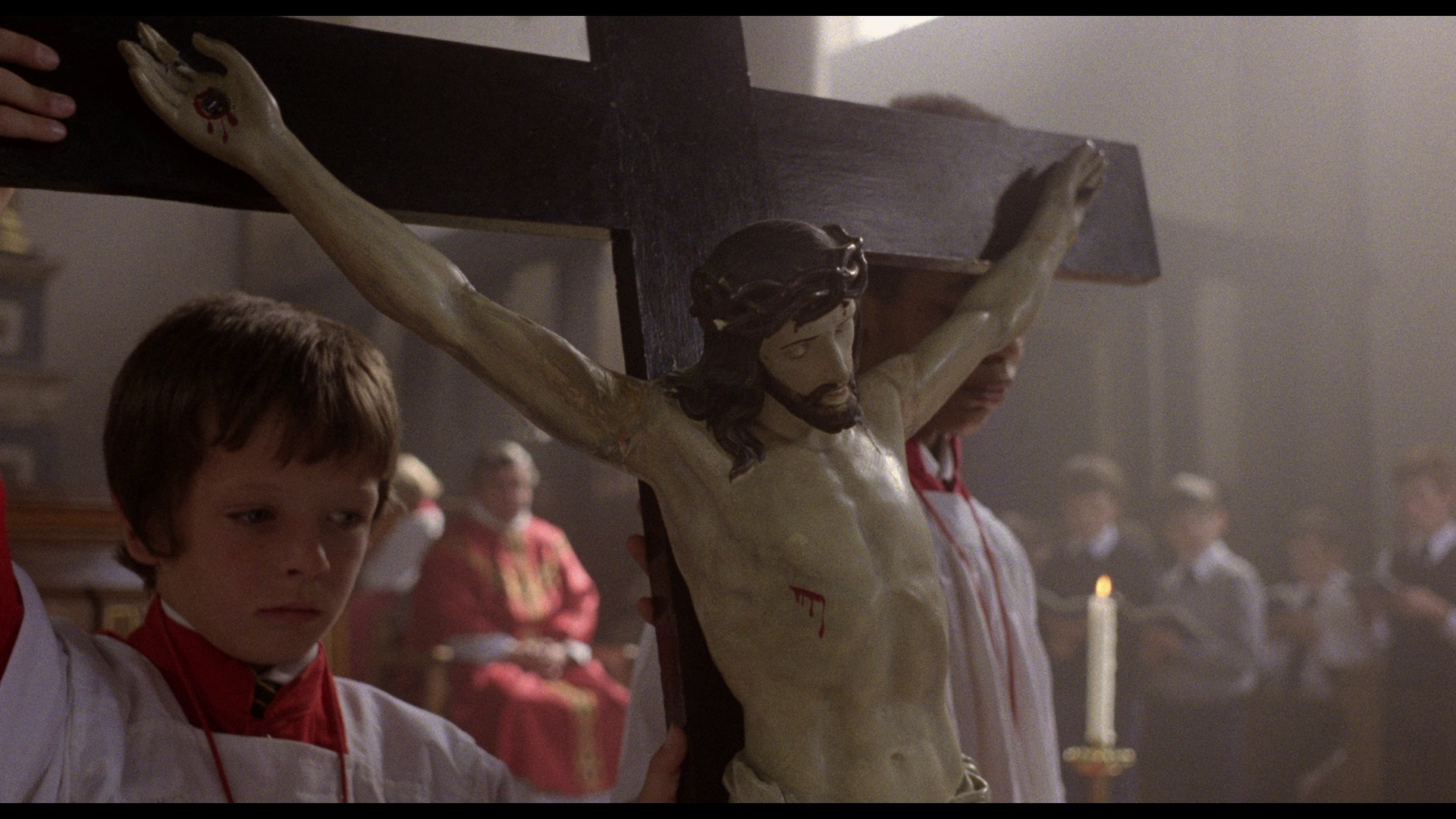
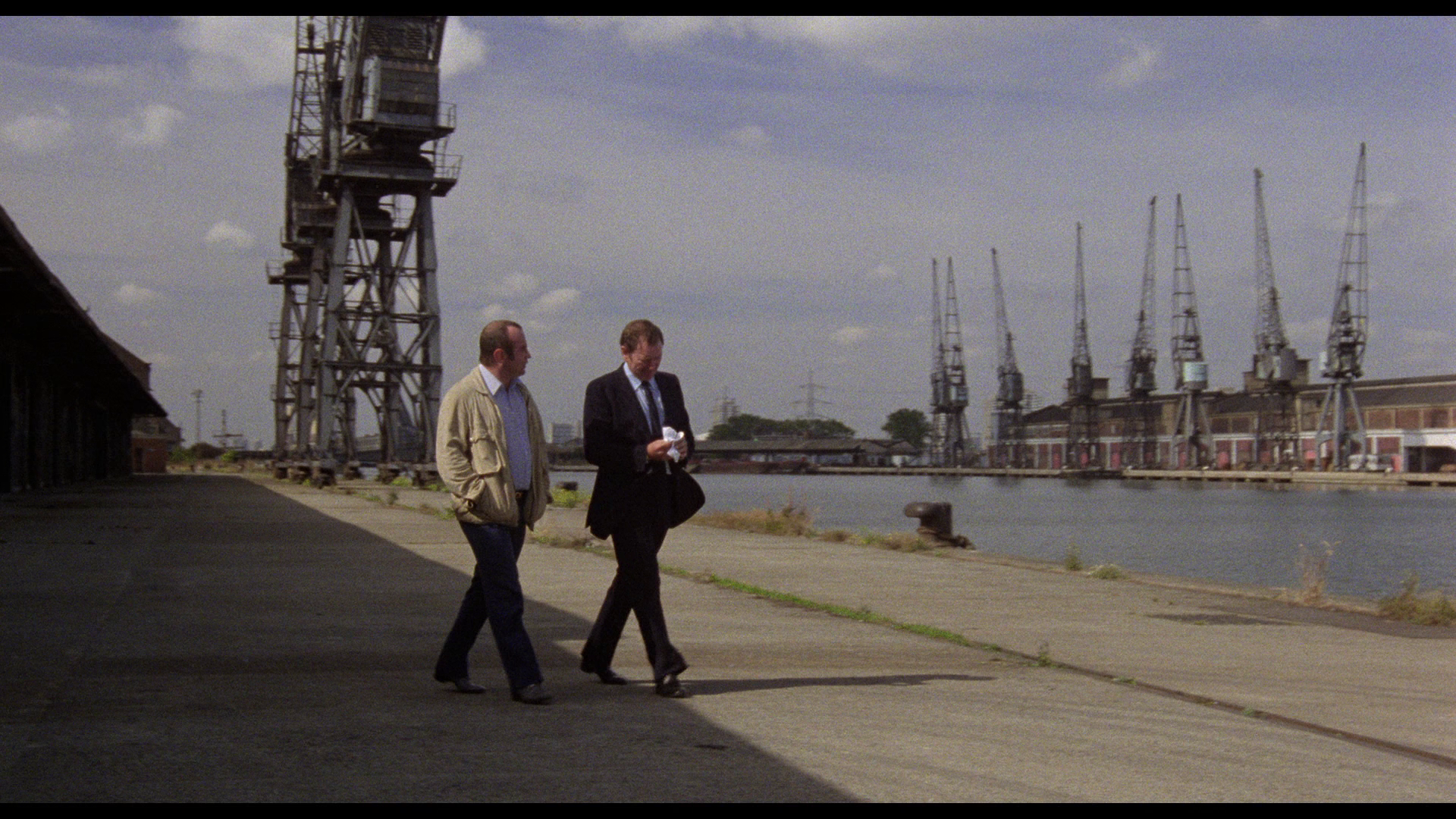
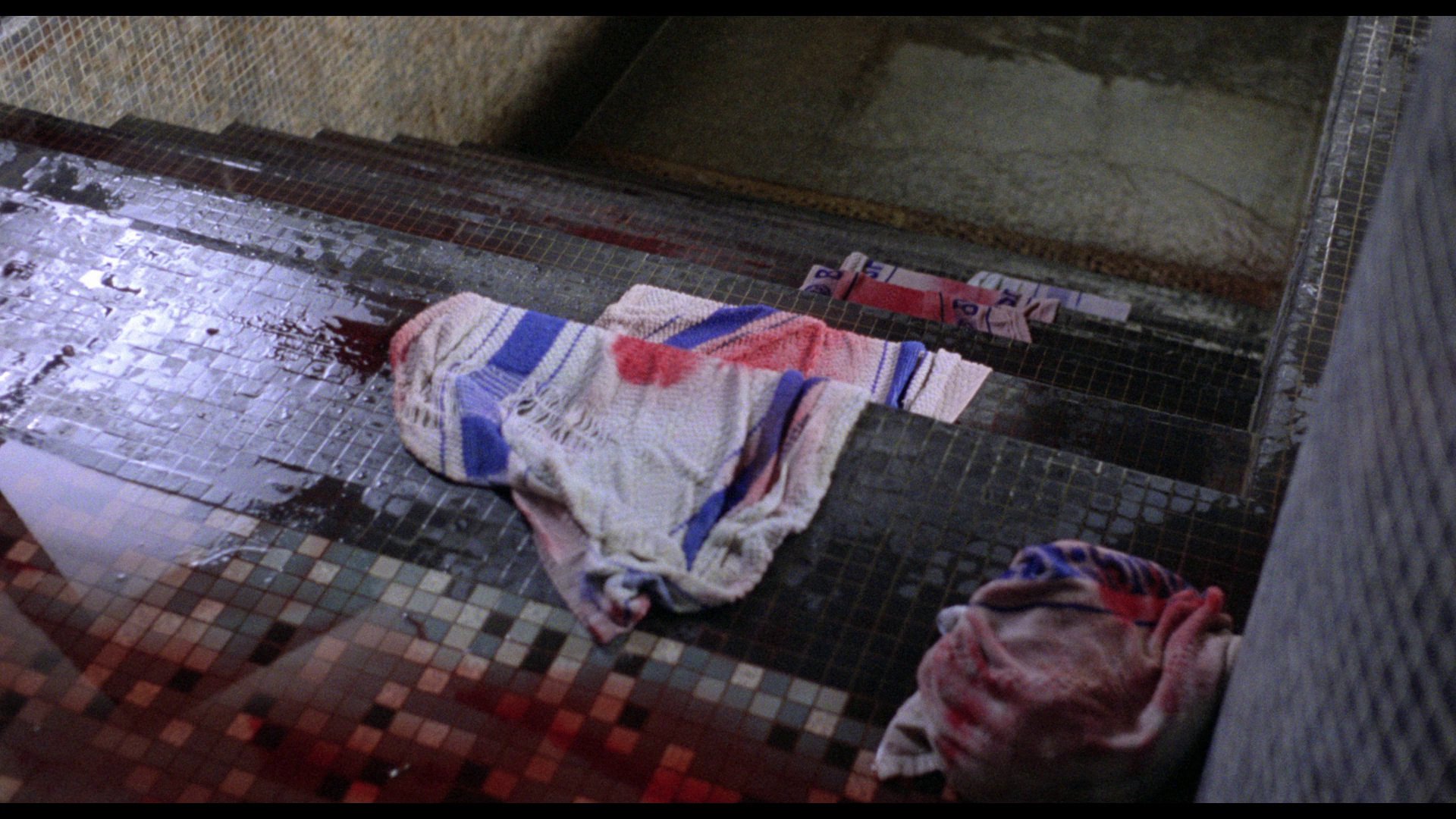
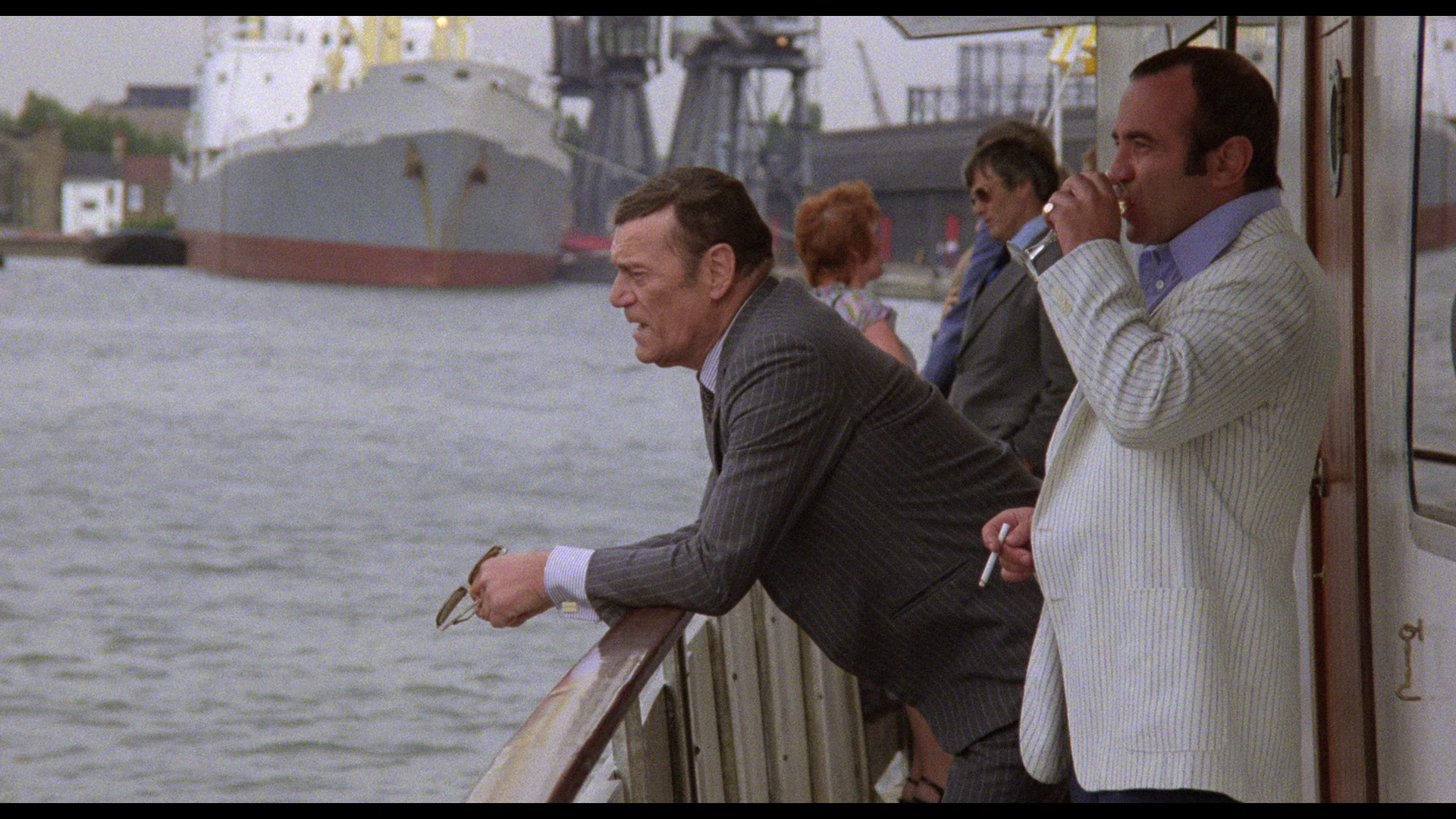

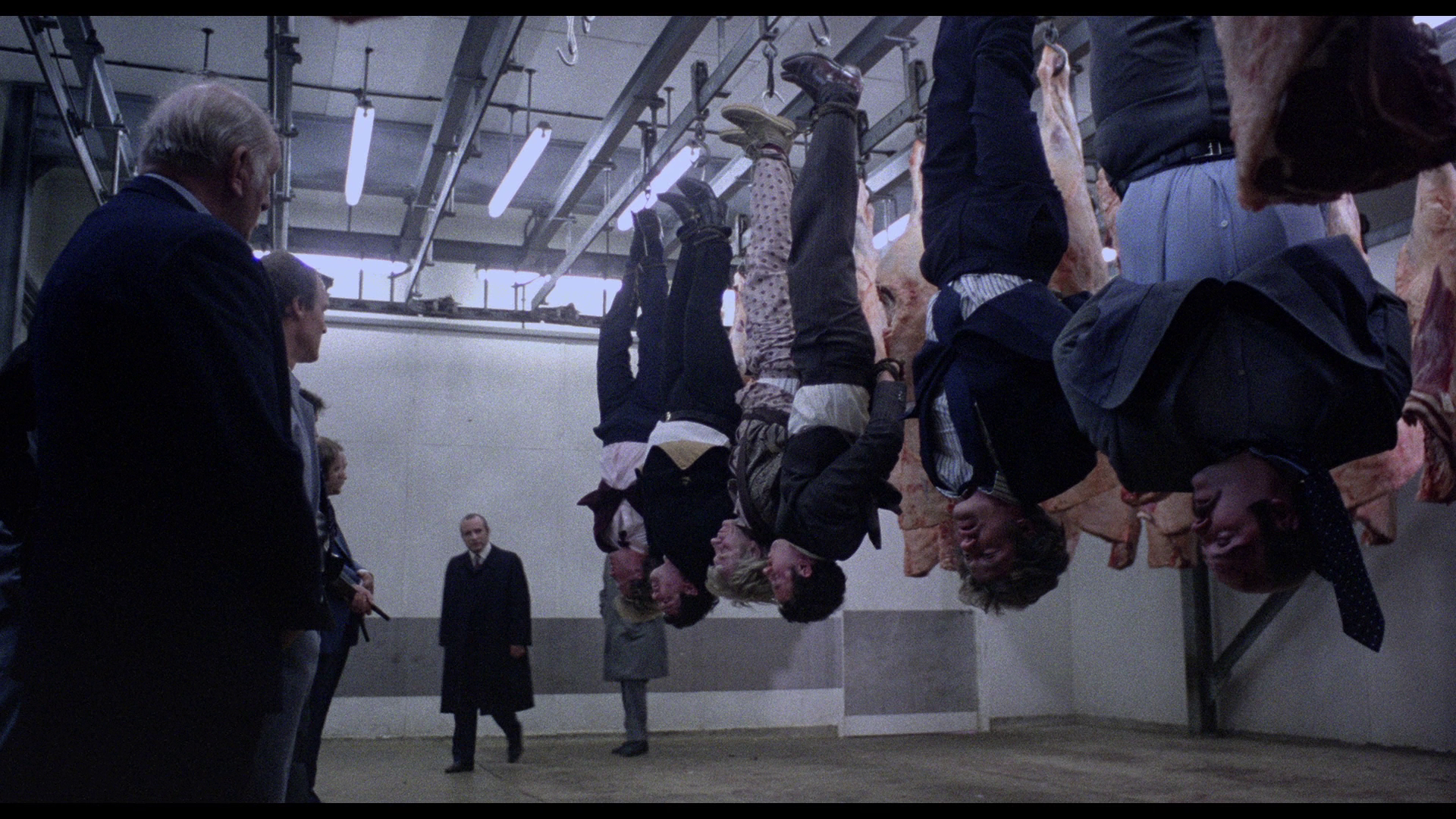

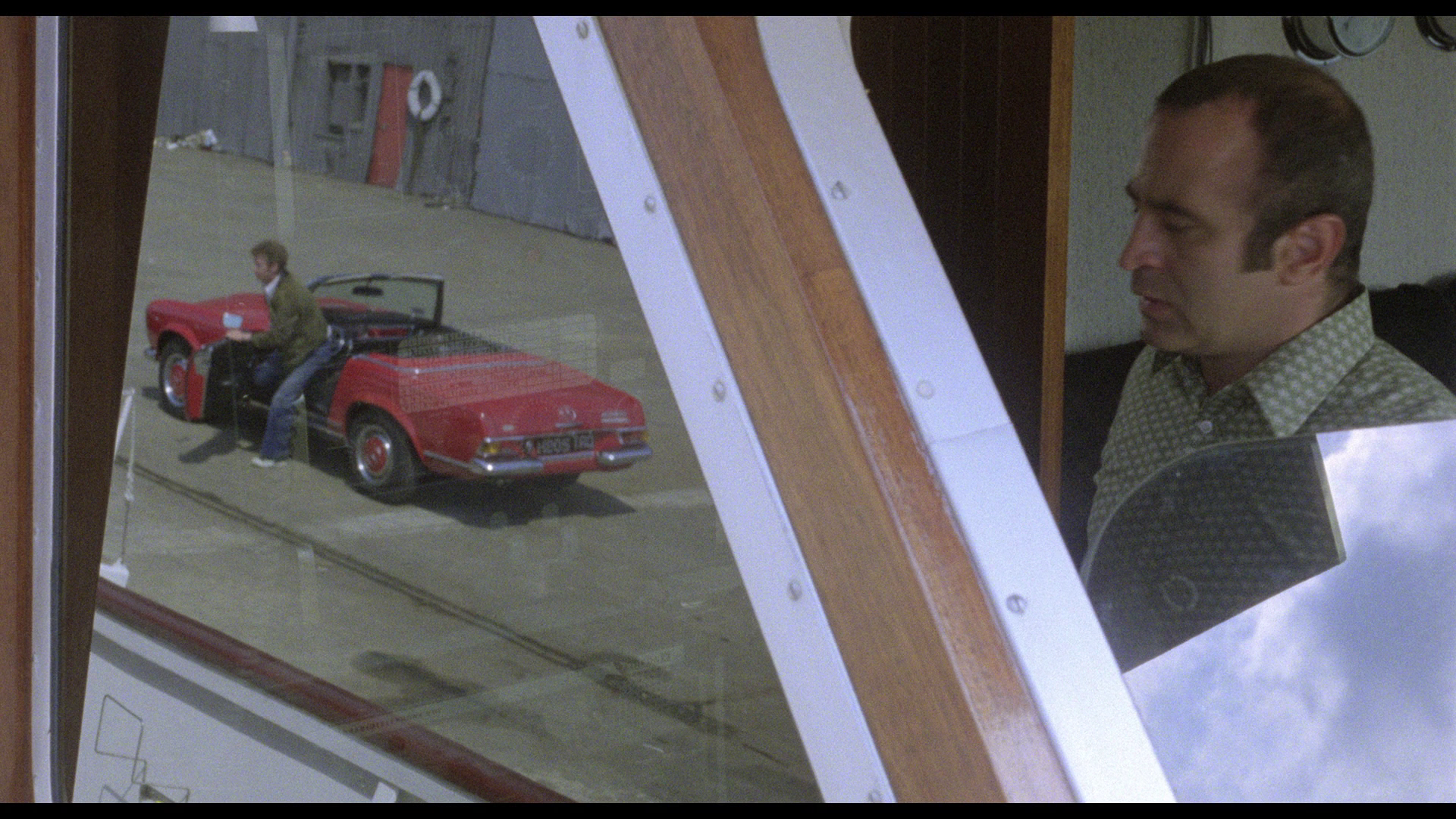
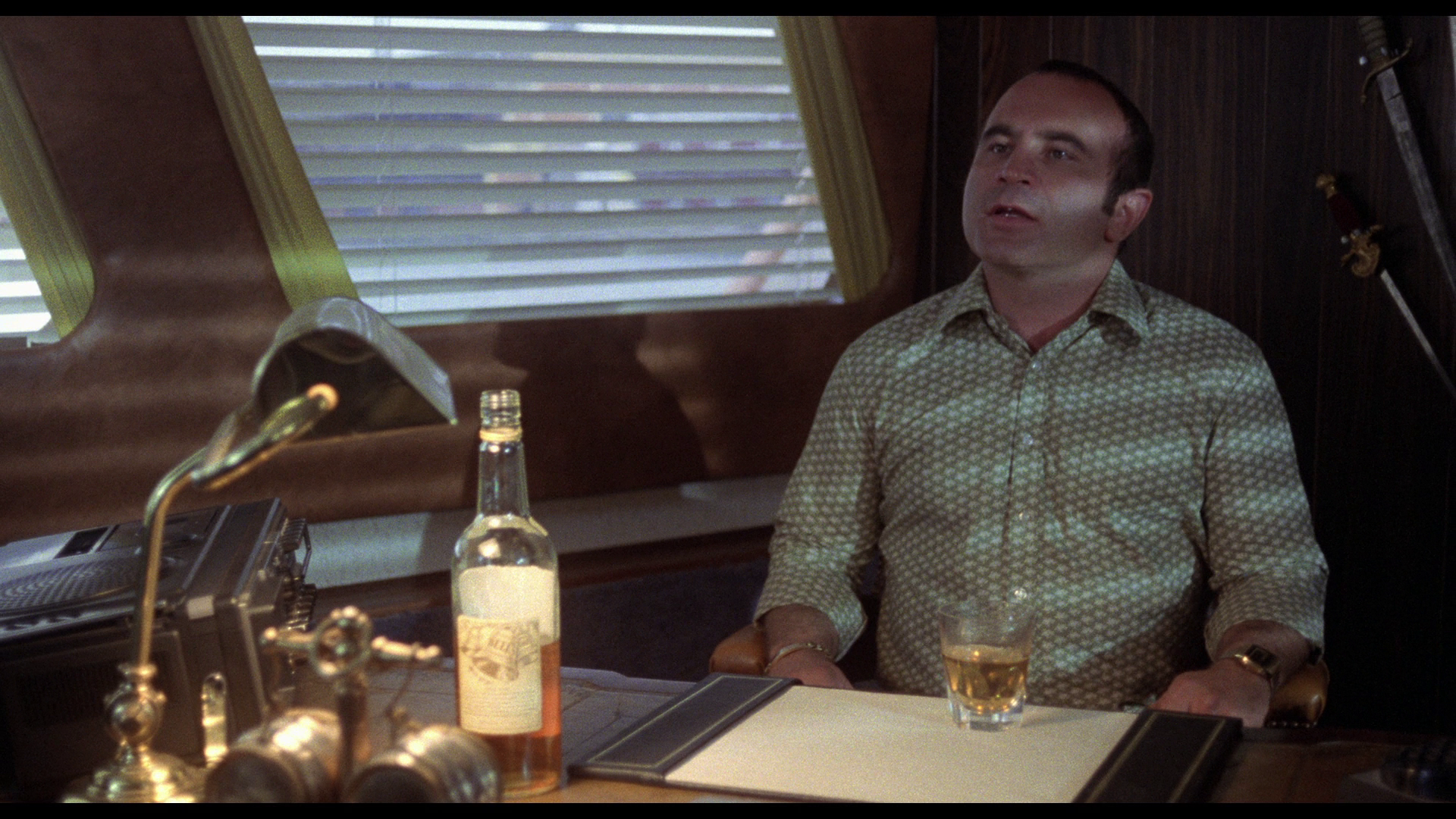

|
|||||

|